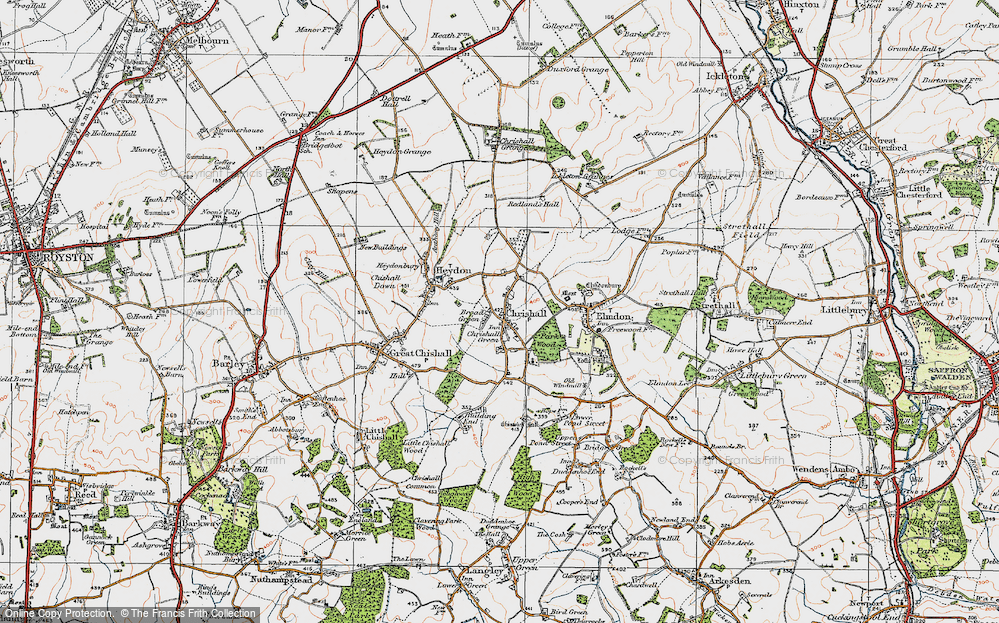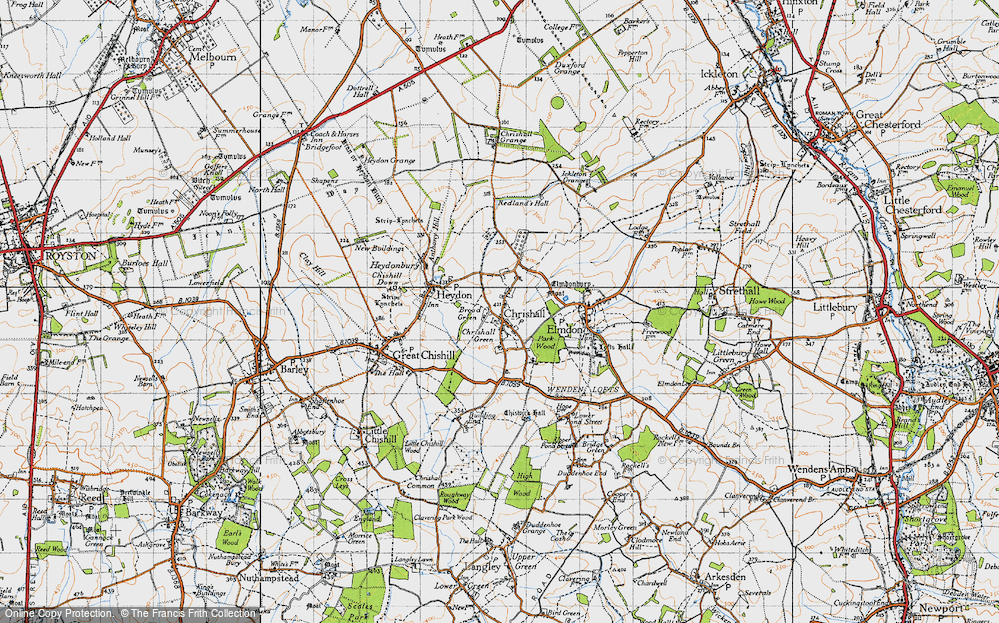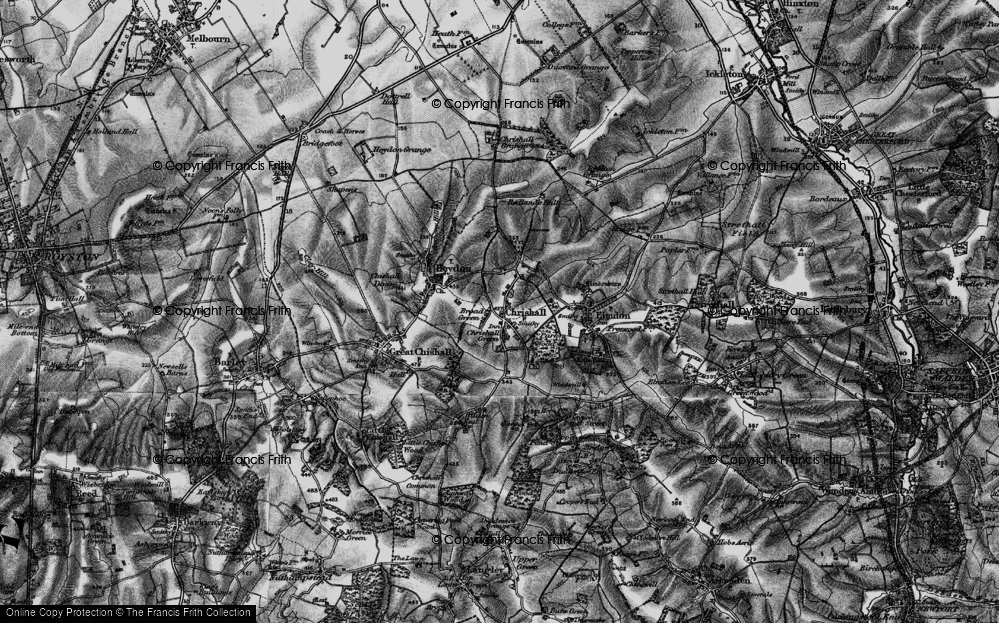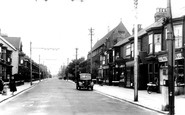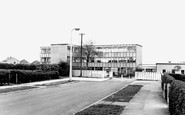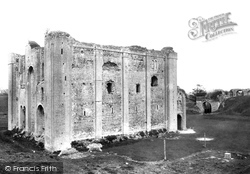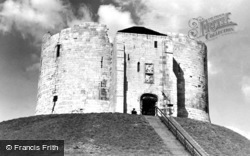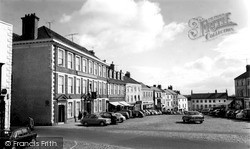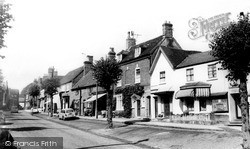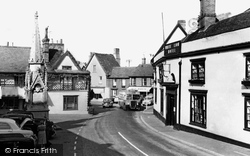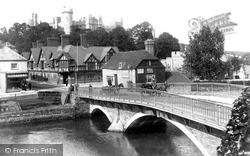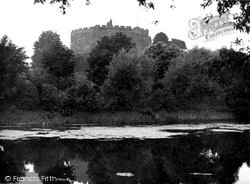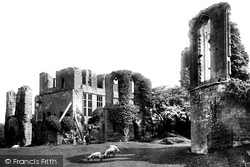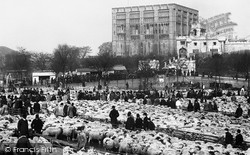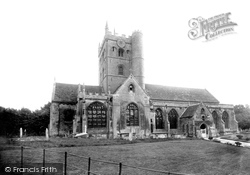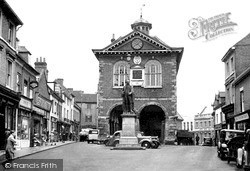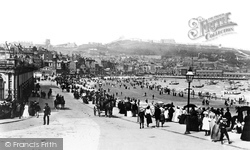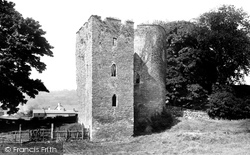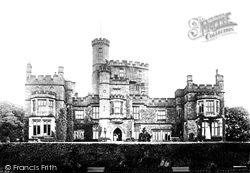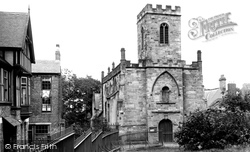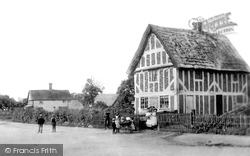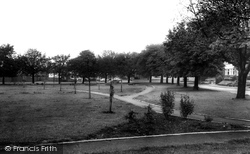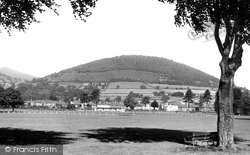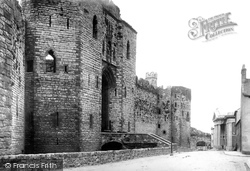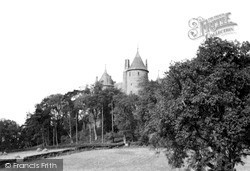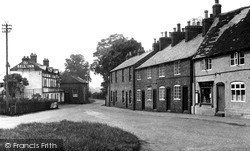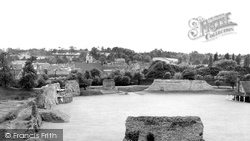Places
3 places found.
Those places high-lighted have photos. All locations may have maps, books and memories.
Photos
28 photos found. Showing results 61 to 28.
Maps
63 maps found.
Books
Sorry, no books were found that related to your search.
Memories
175 memories found. Showing results 31 to 40.
Born On The Graig
"It's only wind or powder on the stomach"my Mam had said as she walked home from the ammunition factory on a cold Autumn evening. The "wind" or "powder" was born on the 2nd December 1942. I, Colin Gronow, ...Read more
A memory of Graig in 1940 by
The Mance House Anthorn
My great-grandparents lived at the Mance House, Anthorn, Cumberland, they were the Marshall family. Alfred Bailey Marshall was a lay preacher there from about 1879 till about 1900, he was married to Emily Willoughby. They ...Read more
A memory of Wigton by
Wincheap School
I have a photo of the 'top class' sitting in front of what had been the connecting passage from the Head Master's Office(Mr Bradshaw) to another part of the school. It was known as 'the drainpipe' after the school was blitzed, we ...Read more
A memory of Wincheap in 1946 by
So Long Ago, But Never Forgetten
I used to live in Eversham Road and to catch the trolley bus on the corner of Birchinton Avenue and Bolckow road was an every day event. I was just 10 years old when this picture was taken, the car probably ...Read more
A memory of Grangetown in 1955 by
Brim Boys School
This school was the eptitome of a 1960s and 1970s style working class English school. If you've ever seen the school scenes in the film 'Kes' in which a young boy rears a baby kestrel then you will have seen life at "Brim boys". ...Read more
A memory of Brimington in 1971 by
Growing Up
I moved to Manor Park in 1948 aged 4 - my stepfather ran Chan's Restaurant. Memories - catching the 101 bus to Woolwich and spending all day going backwards and forwards on the Woolwich Ferry. Seeing the variety shows before the film ...Read more
A memory of East Ham by
Growing Up In Groeswen Happy Memories
I have fond memories of Groeswen. I was Estelle Davies who lived at Tir Treharne all my young life. We were a big family and poor but when I think back to the wonderful childhood and freedom we had, being ...Read more
A memory of Groeswen by
Good Old Days
I was born in 1946 lived in Lifton until I got married in 1971. I lived in Fore St next door lived Mr Brown he used to repair shoes in his little shed in the garden I used to watch him working. just a few doors away Bill Keast he was ...Read more
A memory of Lifton in 1960 by
Would You Believe It
The young man on the outside of the pavement is me, the group standing in the distance are family members and the two on my right are demanding to know where I am going, as it happened I was going to see my Gran. Did not know ...Read more
A memory of Biddulph in 1955 by
The Village
I moved to Borehamwood from Acton, North West London, when I was three years old. I spent my childhood there, scrumping in neighbours gardens, getting the greenline bus into London for trips to Selfridges at Christmas, to London Zoo ...Read more
A memory of Borehamwood in 1961 by
Captions
113 captions found. Showing results 73 to 96.
Built by William de Albini in the 12th century, Castle Rising sits inside a ringwork, with a small bailey on either side; these defences may originally have been constructed of wood.
Clifford's Tower was built by Henry III; it occupies the site of William the Conqueror's motte and bailey destroyed by the Danes in 1069.
The hotel bedrooms extend over Woolworth's next door, Richmond's first chain store; it arrived c1935 and moved in 1980 to Bailey House, visible at the bottom of the Market Place.
In the 1120s de Clinton built Kenilworth's famous castle, which began life as a fairly basic motte and bailey.
This area was once part of the market place, which was established between 1066 and 1072 outside the outer bailey of the castle.
This is on the Norman motte or mound; the castle had two large baileys or walled enclosures, the north one relatively open still, the south one overwhelmed by Buckler's heavy-handed Victorian work.
Soon after the Conquest, the Normans built a wooden motte and bailey castle at Tamworth on the site of the Mercian fortifications of 913.This was replaced by the shell-keep and tower, which still
The first castle to be built at Kenilworth is thought to have been a motte and bailey constructed between 1122-1127 by Geoffrey de Clinton. It was de Clinton's son who built the keep.
A motte and bailey castle, one of the earliest in England, was erected here soon after the Norman Conquest, for at that time Norwich was an important town and a major port.
Soon after the Conquest, the Normans built a wooden motte and bailey castle at Tamworth on the site of the Mercian fortifications of 913.
St John's church stands in what was the inner bailey of Devizes's castle. A massive tower with a round stair turret dominates this basically Norman building.
Soon after the Conquest, the Normans built a wooden motte and bailey castle at Tamworth on the site of the Mercian fortifications of 913.This was replaced by the shell-keep and tower, which still
Any attacking force attempting to enter the bailey would first of all have to run the gauntlet of defending fire from the keep's battlements.
The original stronghold was a timber motte and bailey, and belonged to the de Turberville family. When rebuilt in stone in 1272 it featured both a shell keep and a shell gatehouse.
They lived in the motte and bailey Castle Stede nearby while it was being constructed. Later it was owned by the Harrington family, who lost both father and son and heir in a Civil War battle.
The medieval church was badly damaged in 1637 during the collapse of part of the North Bailey. It was rebuilt in 1683, and the tower was added in 1703.
Totternhoe Knolls is the name given to the remains of Totternhoe Castle, a motte and bailey over Saxon remains, of which only the groundworks remain.
The castle was on a hill north of the church, comprising a motte and bailey with earth and timber fortifications.
It is named after Crawshay Bailey, who leased it from 1884 and made an agreement with the Abergavenny Improvement Commissioners to 'empark' it.
The King's Gate was the entrance to the inner or lower bailey. This side of the castle was defended by a moat; there was once a drawbridge where the steps and stone bridge appear in this picture.
Any attacking force attempting to enter the bailey would first of all have to run the gauntlet of defending fire from the keep's battlements.
Of the two previous castles on the site, the first was a short-lived motte and bailey erected when the Normans pushed into the Cardiff area.
It also had a Norman motte and bailey castle whose earthworks survive quite well.
All that now remains of the huge structure, apart from the surrounding earthworks, are the broken ruins of the 12th-century flint and mortar curtain walls within the bailey, which encompass a bowling
Places (3)
Photos (28)
Memories (175)
Books (0)
Maps (63)


